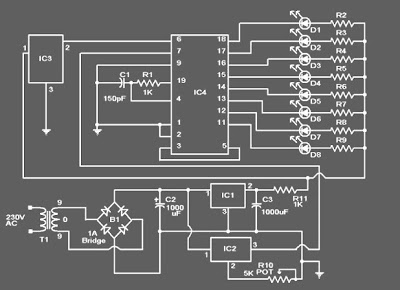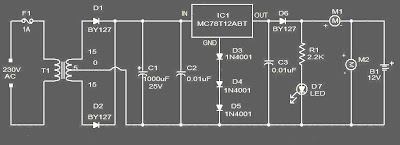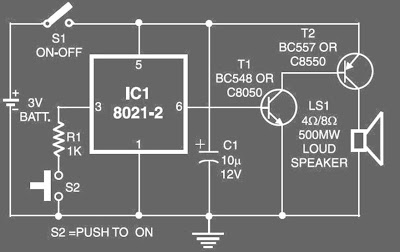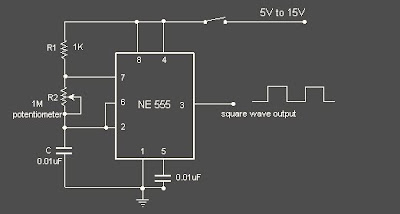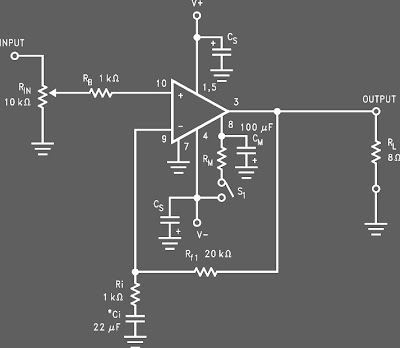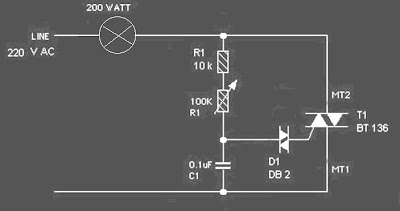This circuit can be used for monitoring the voltage level of an automobile battery. When battery voltage is 11.5V or less transistor Q1 will be On and LED D1 will be glowing.When battery voltage is between 11.5 - 13.5V, the transistor Q2 will be On and the LED D2 will be glowing.When battery voltage is above 13.5V the transistor Q3 will be On and the LED D3 will be glowing.

Skema rangkaian monitor status battery 12 volt
The battery 12 volt to be monitored can be connected between the terminals A and B and for convenience use LEDs of different colour .
List component of Monitor status battery 12 volt
-R1,R3,R6: 1k 1/4W Resistance
-R2: 100K 1/4W Resistance
-R4,R5,R7,R8: 3.3K 1/4W Resistance
-D1: LED red color
-D2: LED yellow color
-d7: LED green COLOR
-D2,D4,D5,D8,D9: 1N4148 diode 1 ampere
-D6: BZX79C10 diode Zener 10 volt
-D10: BZX79C12 diode Zener 12 volt
-Q1,Q2: BC547 NPN transistor
-Q3: BC557 PNP transistor
Spesifikasi BC547
This device is designed for use as general purpose amplifiers and switches requiring collector currents to 300 mA. Sourced from Process 10. See PN100A for characteristics.

Transistor BC547 (NPN General Purpose Amplifier)
Feature penting Transistor BC547
-(VCEO) Collector-Emitter: Voltage 45 V
-(VCES) Collector-Base Voltage: 50 V
-(VEBO) Emitter-Base Voltage: 6.0 V
-(IC) Collector Current: Continuous 500 mA
-(TJ) Tstg Operating and Storage Junction Temperature Range: -55 to +150 °C






